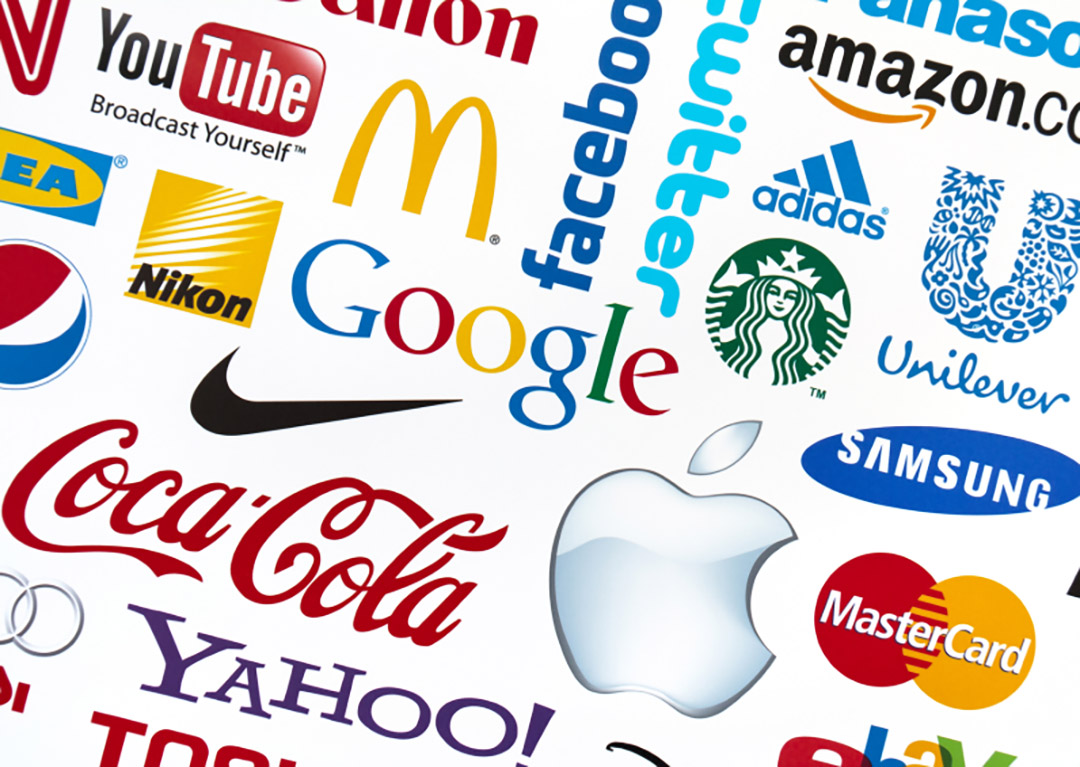What Does “Global” Mean Anyway?
Many multinational corporations have streamlined their brand portfolios, focusing on brands with significant global business potential. Traditionally, the concept of “brand globalness” has been linked to enhanced perceptions of quality, prestige, and widespread recognition. However, the core idea of what makes a brand truly “global” has remained somewhat ambiguous. This research offers a fresh perspective, proposing a more nuanced understanding of perceived brand globalness that goes beyond mere geographical reach.
Redefining Brand Globalness: A Multi-Faceted Approach
Brand globalness has often been associated with the idea that a brand is widely available and recognized across many countries. However, based on a review of existing global brand definitions, I propose an extended, multi-faceted conceptualization:
“Perceived brand globalness refers to a consumer’s belief that a brand has wide availability, recognition, and acceptance in many countries around the world; has a similar positioning, image, personality, look, and feel across markets (enabled by standardization of marketing activities); and is associated with a given global consumer culture.”
Essentially, I suggest breaking down the concept of brand globalness into three distinct facets:
- Perceived Market Reach: The belief that a brand is widely available and recognized internationally.
- Perceived Standardization: The perception that a brand maintains a consistent image, positioning, and personality across different markets, achieved through standardized marketing activities.
- Global Consumer Culture Positioning: The association of a brand with global cultural symbols and themes that resonate across national boundaries.
Testing the Extended Model: Insights from Germany
To understand how these facets influence consumer perceptions, the researchers tested this extended model using survey data from Germany. They employed structural equation modeling to analyze how each facet—perceived market reach, perceived standardization, and global consumer culture positioning—affects key outcomes such as brand evaluation and brand attitude. This approach allowed them to decompose global brand effects into their constituent elements, providing a clearer picture of what drives consumer perceptions of global brands.
The Impact of Standardization: A Double-Edged Sword
One of the most intriguing findings of this research is the dual impact of perceived standardization. While global brands are often praised for their consistent image and messaging, this very standardization can sometimes work against them. The study shows that when consumers perceive a brand as overly standardized—essentially the same everywhere—it can lead to negative evaluations. This perception of being “mass-produced” or “lacking authenticity” can outweigh the positive effects typically associated with a brand’s wide market reach.
This insight challenges the conventional wisdom in global branding, which has traditionally emphasized the benefits of widespread market reach as the primary driver of brand success. The research reveals that the negative impact of perceived standardization can, in some cases, exceed the positive influence of a brand’s global presence.
Strategic Implications for Brand Managers
For brand managers navigating the complexities of global markets, this research offers valuable insights. While the appeal of a global presence is clear, it is crucial to strike a balance between maintaining a consistent brand image and adapting to local market preferences. Brands that fail to consider the potential downsides of excessive standardization risk alienating consumers who value authenticity and local relevance.
Conclusion
In today’s interconnected world, brand globalness is about more than just being available in multiple countries. It’s about how consumers perceive a brand’s reach, its consistency across markets, and its association with global cultural symbols. By understanding these nuanced perceptions, brands can better manage their global strategies, ensuring that their international presence translates into positive consumer evaluations and strong brand loyalty.
Disclosure: This blog post was created with partial assistance from AI tools.
Full reference: Mandler, Timo (2019), “Beyond Reach: An Extended Model of Global Brand Effects,” International Marketing Review, 36 (5), 647–674. https://doi.org/10.1108/IMR-01-2018-0032
Cite for: Global brands, negative effects of perceived brand globalness, refined conceptualizations/definitions, marketing standardization, marker variable, rival model specification




